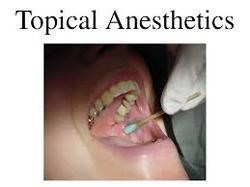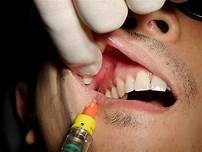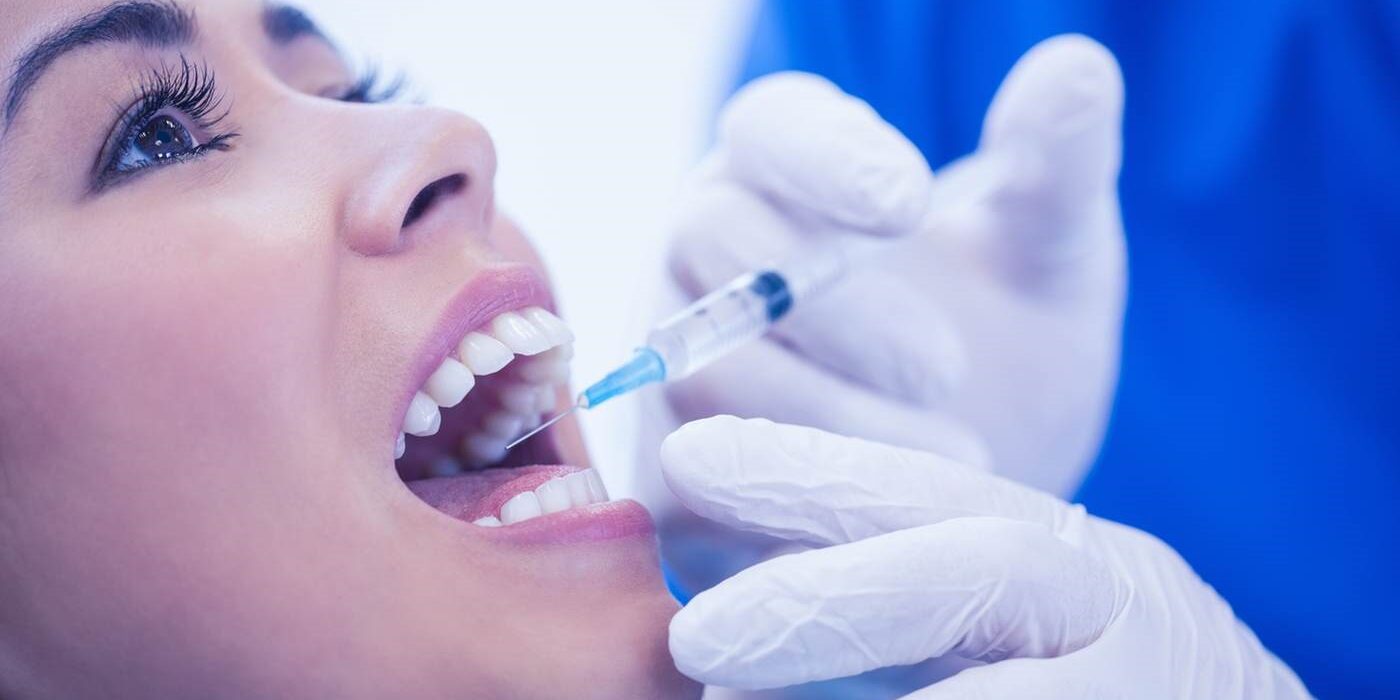There are lots of art and science which are involved in administrating local anesthesia. The science of local anesthesia involves understanding the various types of local anesthesia, their composition, their use, etc.
How does a patient in Ashok Vihar, Delhi, perceive dentists’ skills? How does a patient gain confidence?
More than eighty percent of patients in Ashok Vihar, Delhi, are afraid of needles. Therefore, it is advised for the dentist in Ashok Vihar not to keep them waiting for a longer duration because it will alleviate their anxiety.
Before starting the procedure, the dentist should check the patient’s medical history and all the medications he is taking.

Administration of topical anesthesia is necessary before injection. You can see different varieties of local anesthesia. They are most commonly found in liquid, gel, pressurized forms, or ointment. Benzocaine and lidocaine are the most widely used for topical application.

How should local anesthesia be given?
For injecting local anesthesia, retract the tissue and wipe it with dry gauze for removing saliva. Then put the gel on cotton and rub for about thirty to sixty seconds and within two minutes of it, inject local anesthesia and then wipe away the gel.
The needle should preferably have a triple bevel design to cause the least amount of tissue damage. It will help if you keep the following things in mind before injecting local anesthesia such as:
- Injection should be given straight, and the needle should be prevented from bending as it can break.
- Usually, twenty-five to twenty-seven gauge needles are used for infiltration.
- Injection should be given gradually with proper control because when the injection is given fast, it can cause stretching and ballooning of the tissues, which may cause pain.
- Give attention to the needle’s direction. An Infiltration of upper anterior teeth can cause your lips to swell and may numb your nose.
- According to the Gate Control theory, a non-painful pressure closes the nerve gates to a needle prick, preventing the pain experience from reaching the central nervous system. The most common method used is tapping on the shoulder, stretching or pulling the cheek, or shaking the lip tissue.
- When injection has to be done in the palatal region, it doesn’t give proper effect because of the thick and immovable tissue. You should always choose the buccal side to infiltrate and then move to the palatal side. Apply a piece of ice to numb the region. You can also use the back end of the mouth mirror to compress the mucosa and the needle inserted alongside the instrument slowly.
What should you do when giving an injection in an infected site?
You should wait for the infection, pain, and swelling to decrease with antibiotics. After that, you can do the procedure. Use infiltration directly in the periodontal ligament, intraosseous, and in the crest, which is near a periodontally compromised mobile tooth, and there is a need for extraction for it. Choose a protein-bound anesthetic whose pKa value is less, and articaine with a pKa value of 7.8 can effectively work.
What to do if local anesthesia has failed and you have to stop the process and reschedule it?
At the site of needle penetration, examine the anatomy carefully and make sure that the patient has taken proper rest before the procedure. Before the procedure, an anti-anxiety medication should be prescribed to make the patient calm. If the problem persists, then get the patient treated under conscious sedation.
The signal sent to your patient is unmistakable. There won’t be any pain, and anesthesia will work!
If you want to get more information about the administration of local anesthesia and the application technique, contact Dr. Rajat Sachdeva, the best dentist in Ashok Vihar, Delhi, on 9818894041 or mail at drrajatsachdeva@gmail.com.
At our dental clinic in Ashok Vihar, Delhi, we use painless local anesthesia techniques to perform dental procedures. We are also known to provide the best dental treatments in Ashok Vihar, Delhi. We provide dental treatments using advanced technology and ensure that our patients feel comfortable during the entire dental procedure.
So, what are you waiting for?
Visit us now for a painless treatment experience!






